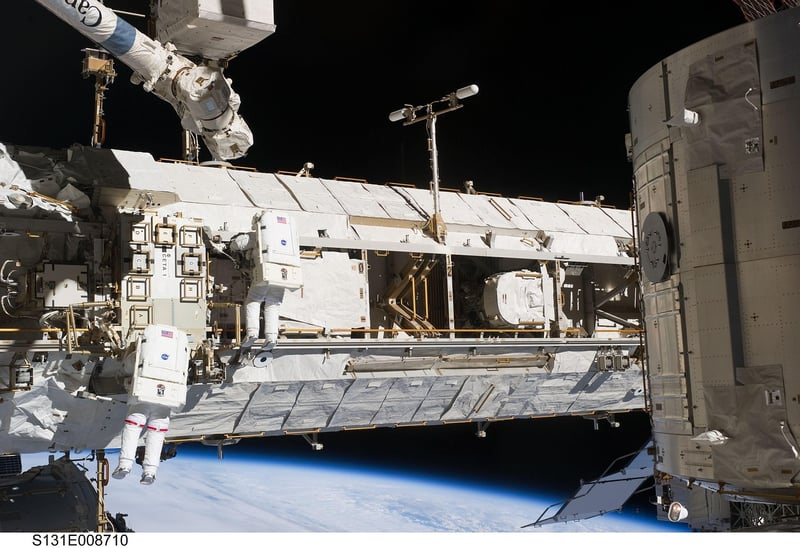Orbital Habitats
Establishing Human Presence in Space: Orbital Habitats
As humanity ventures further into space exploration, the concept of orbital habitats is gaining traction as a vital component in establishing a sustained human presence beyond Earth. Orbital habitats are artificial structures designed to support human life in space, providing a safe and habitable environment for astronauts to live and work for extended periods.
Why Orbital Habitats?
Orbital habitats offer several key advantages for long-term space missions:
- Gravity Simulation: By rotating the habitat, artificial gravity can be created, mitigating the negative effects of prolonged exposure to microgravity on the human body.
- Self-Sustainability: These habitats can be equipped with advanced life support systems, recycling resources such as water and air to create a closed-loop environment.
- Research Opportunities: Orbital habitats provide a unique platform for conducting scientific experiments in a microgravity environment, advancing our understanding of various fields such as medicine, materials science, and biology.
- Gateway to Deep Space: Establishing orbital habitats serves as a crucial stepping stone towards future manned missions to Mars and beyond, enabling the development of the necessary technologies and protocols for long-duration space travel.
Challenges and Innovations
While the concept of orbital habitats holds great promise, several challenges need to be addressed:
- Radiation Protection: Developing effective shielding against cosmic radiation is crucial to ensure the health and safety of astronauts living in space.
- Resource Management: Efficient utilization and recycling of resources are essential for the sustainability of orbital habitats, requiring innovative technologies for water purification, waste management, and food production.
- Psychological Well-being: Addressing the psychological impact of long-duration space missions on crew members is vital, with measures such as recreational facilities and social interaction spaces being crucial for maintaining mental health.
Future Prospects
Despite the challenges, the future of orbital habitats looks promising. Collaborative efforts between government space agencies and private companies are driving innovation in space habitat design and construction. Concepts such as Bigelow Aerospace's expandable habitats and NASA's Lunar Gateway project are paving the way for a sustained human presence in space.
With continued advancements in technology and international cooperation, orbital habitats are set to play a pivotal role in humanity's quest to explore and colonize space, opening up new frontiers of discovery and pushing the boundaries of human exploration.

Explore the possibilities of orbital habitats and join us in envisioning a future where humanity thrives among the stars.
For more information on space exploration and orbital habitats, visit NASA's Humans in Space page.
